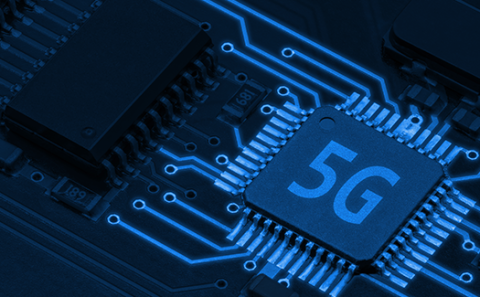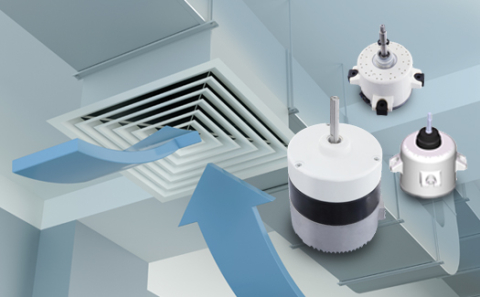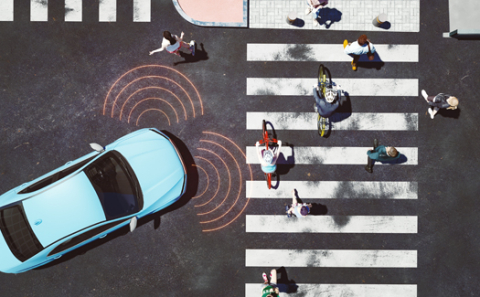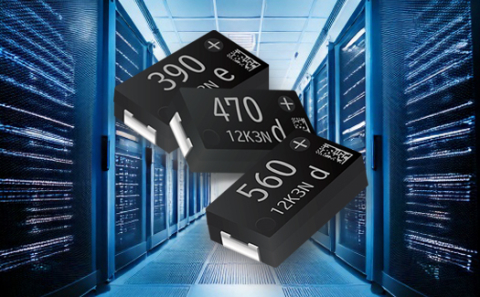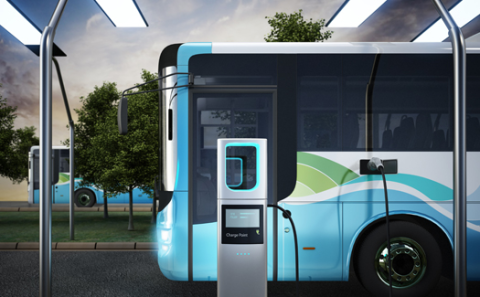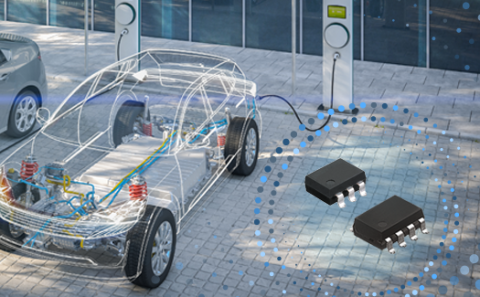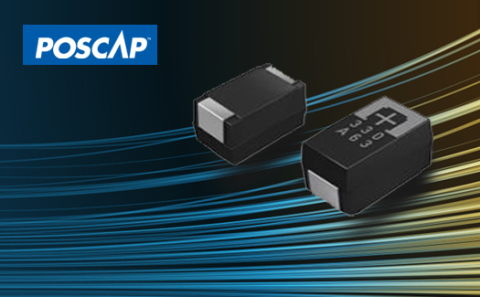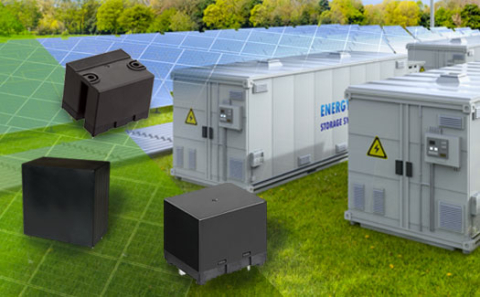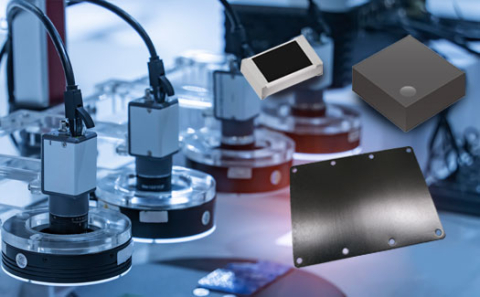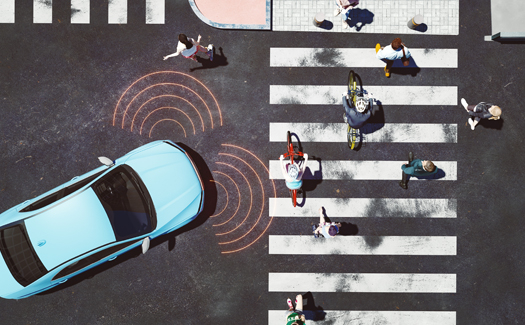
LiDAR in Autonomous Driving Technology: Key Factors for High-Performance Sensing Capabilities
Published onLiDAR (Light Detection and Ranging) is a pivotal sensor technology in autonomous driving, utilizing laser pulses to measure distances and detect surrounding objects. As the demand for autonomous vehicles grows, LiDAR's role in ensuring precise obstacle recognition and dynamic mapping becomes increasingly vital. This article delves into LiDAR's operational principles, system components, and emerging trends in the market, highlighting its significance in shaping the future of transportation.
Understanding LiDAR: The Key Sensor Technology for Autonomous Vehicles
LiDAR (Light Detection and Ranging) is a laser-based sensor that emits a beam over a wide area and measures the time it takes for the beam to return after reflecting off an object. By combining the beam's emission direction with the return time, LiDAR calculates the distance to the object. This technology is crucial for autonomous vehicles, which are projected to increase in number every year. This article will explore LiDAR's functions, system configuration, and the electronic components that comprise it.
LiDAR is Essential for Distance Measurement and Object Detection
LiDAR is a sensing technology that measures the time it takes for a laser beam emitted from the device to return after reflecting off an object. It's commonly used in Advanced Driver Assistance Systems (ADAS) and autonomous driving to detect surrounding objects, often in combination with cameras, radars, and sonars.

Distance Measurement and Object Recognition Use These Methods:
Distance measurement involves a laser diode emitting a pulse, with a photodiode capturing the reflected light. The distance is calculated based on the time taken for the pulse to return.
Object recognition is done by creating a point cloud image from the emitted laser directions and distances, which identifies individual objects based on their positional data.
Obstacle Recognition
Identify an obstacle from the acquired point cloud image.
Creating a Dynamic Map
Merge point cloud data with 3D map information to generate the dynamic map necessary for autonomous driving.
Grasping and Correcting the Vehicle Position
Utilize the dynamic map to identify the vehicle's current location, nearby obstacles, and other factors, and adjust the position to ensure it aligns with a typical traveling route.
Emerging Trends in the LiDAR Market
Greater Power: To enhance obstacle recognition precision, finer point cloud data is needed, which requires increased power for processing by semiconductors like the main CPU.
Quicker Communication: The rise in data processing demands high-frequency and high-speed transmission abilities.
Reduced Size and Weight: There is a need to minimize the dimensions of electronic components.
LiDAR System Configuration
A LiDAR system is composed of the following components:
Laser Diode: A laser diode generates a high-speed pulse current, emitting a laser beam pulse with a constant waveform and phase.
Photodiode: A photodiode converts light into an electric signal, generating current and voltage upon exposure. An amplifier is included in the light-receiving circuit to boost the output voltage.
FPGA: An FPGA is a type of integrated circuit that can be reprogrammed to configure a desired logic circuit even after it has been integrated into a product.
MCU (microcomputer): An MCU gives a control instruction to an external ECU.
Transceiver: A transceiver is a device or circuit that communicates with external equipment.
Memory (DDR): A DDR is used as a buffer during data processing.
Memory (flash): A flash memory stores control software and sensor data.
DC/DC Converter: A DC/DC converter changes a battery voltage into the specific voltage required by each electronic component or circuit.

Individual Circuits and Components
DC/DC Converter
In a DC/DC converter circuit, a conductive polymer hybrid aluminum electrolytic capacitor typically eliminates noise at the input and smooths voltage output at the output, while an in-vehicle power inductor facilitates voltage conversion, and a high-precision chip resistor is employed for voltage measurement.
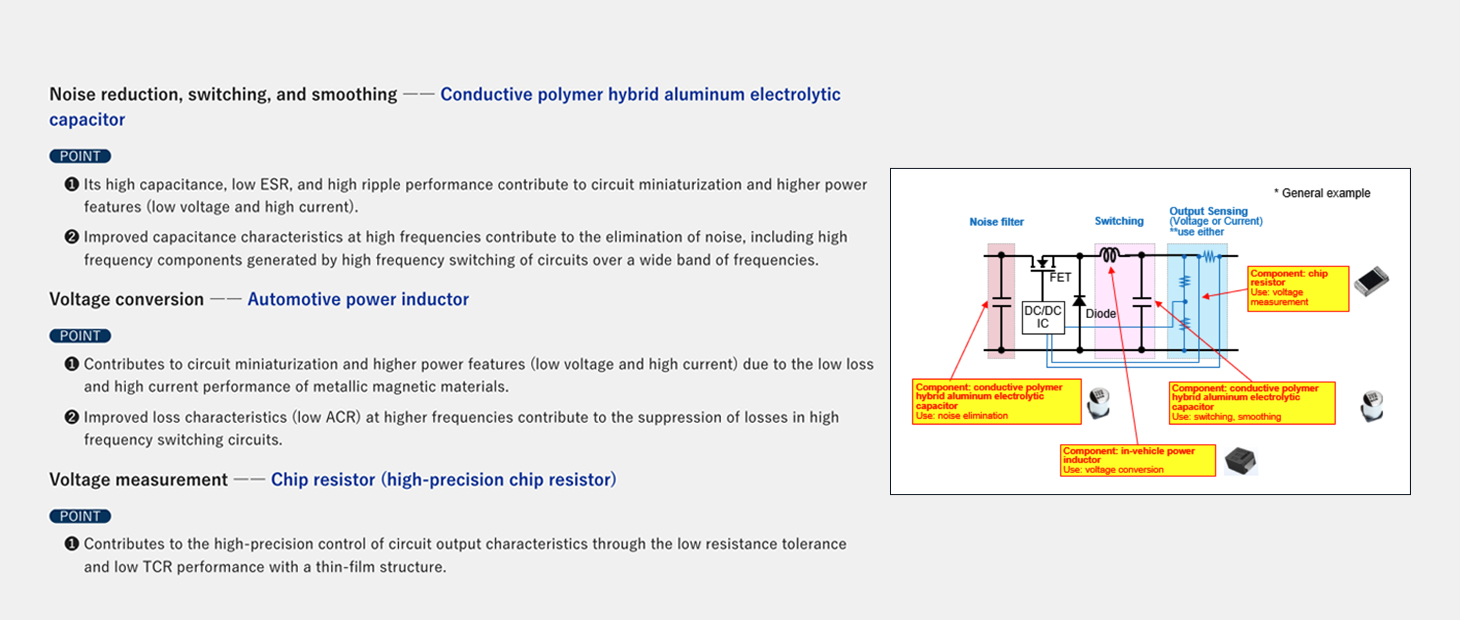
Transceiver I/F
As shown below a transceiver circuit communicates with external equipment (CAN, Ethernet, etc.) via two lines. To ensure proper operation, it’s essential to guard against static electricity and noise. Interference from static or noise on the communication lines can impact the circuit and, in severe cases, lead to component failure. To mitigate this risk, the circuit typically includes a chip varistor and an ESD suppressor for electrostatic protection.

Photodiode Light-Receiving Circuit
A photodiode generates a current that is proportional to the intensity of incoming light. Reflected laser light is weak and requires amplification via an amplifier circuit. To build a high-precision amplifier circuit, a high-precision chip resistor and a thermistor that compensates for temperature-dependent characteristic changes are necessary.
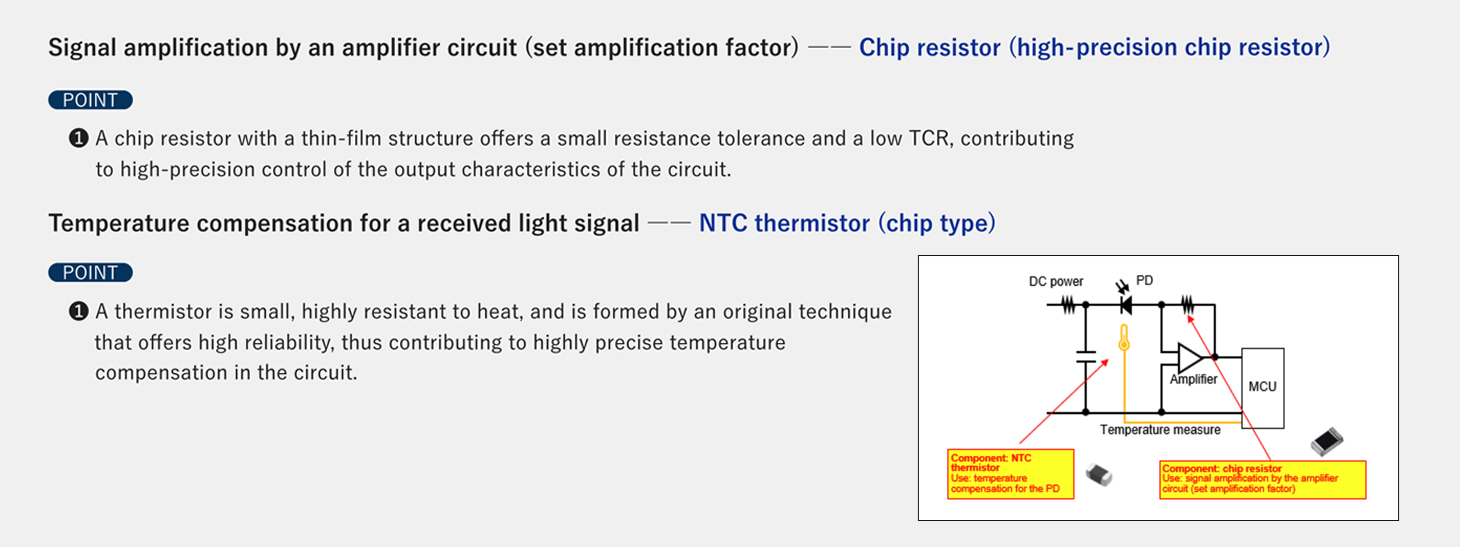
Laser Diode Irradiation Circuit
This irradiation circuit consists of a laser diode, a FET (GaN), and a gate resistance. Since it emits large pulse currents at high speed, the FET (GaN) requires precise on/off switching. Additionally, it is crucial to suppress switching noise produced by the FET (GaN). For this, a gate resistance that can handle high-power operation must be utilized.
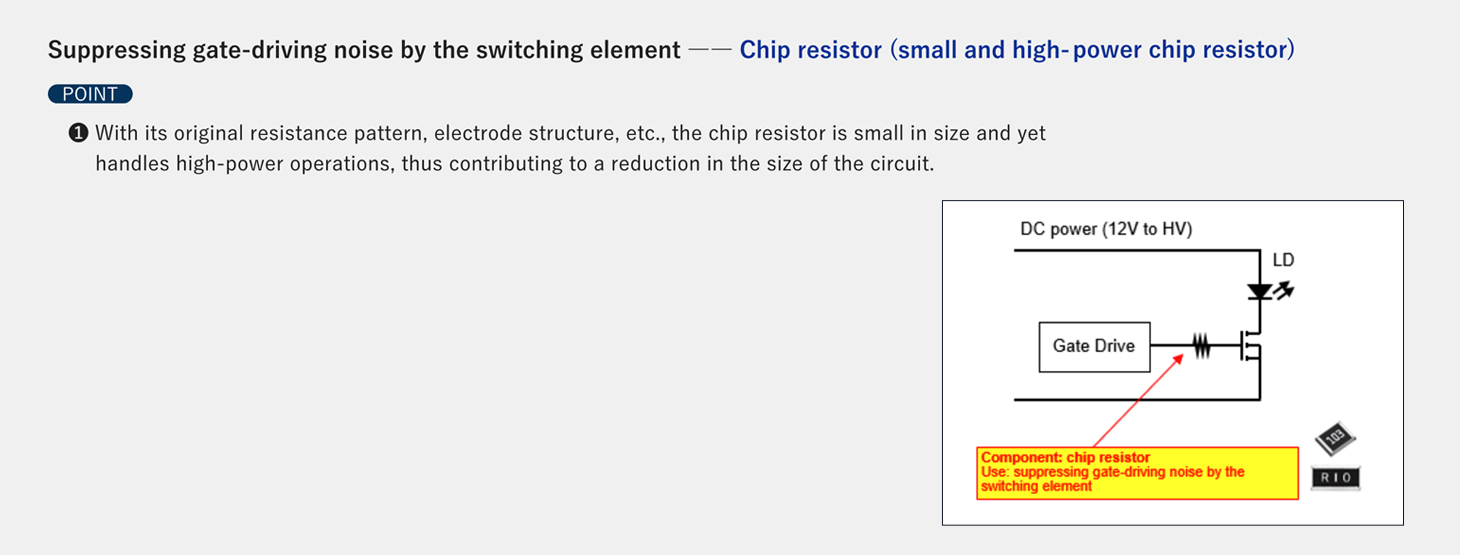
Product Lineup and Features
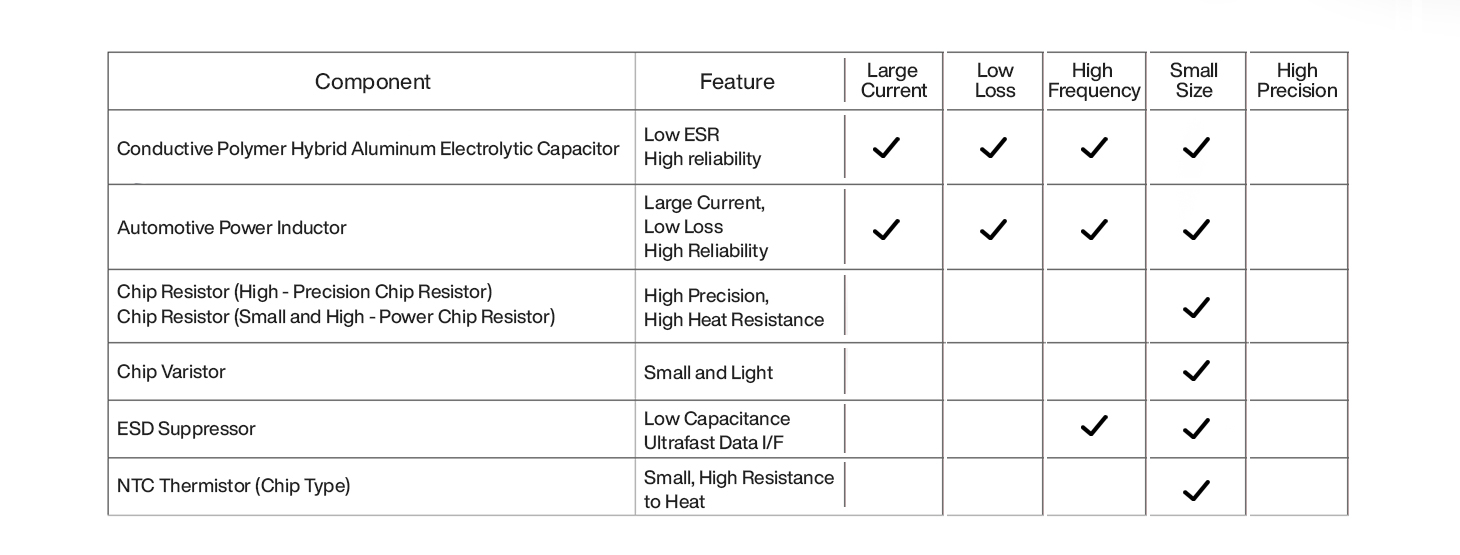
Summary
As autonomous vehicles increase in number and improve in automation levels, cars with LiDAR are expected to rise. The higher autonomy has driven demand for LiDAR's sensing capabilities at improved performance. The number of sensor devices like LiDAR in cars will continue to grow and will not decrease. Electronic components used in these devices and adjacent circuits will undoubtedly need to meet demands for low loss, large current, high frequency, and small size.
